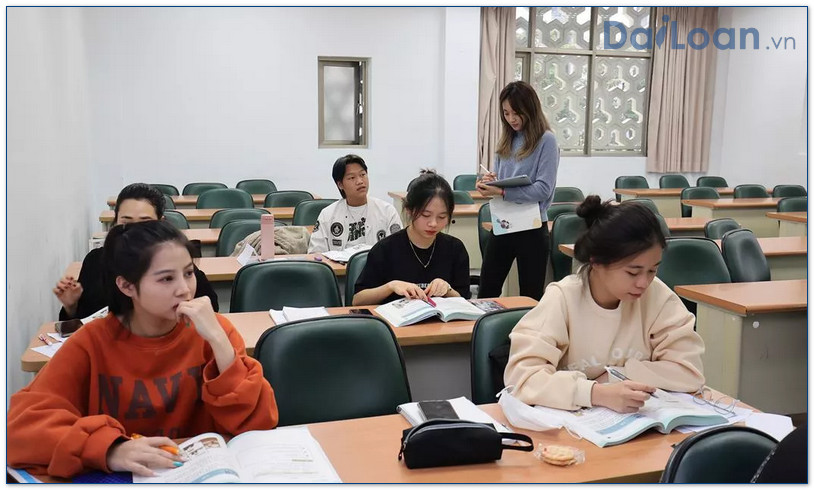In the diverse landscape of the Chinese language, the term 甜食 (tián shí) serves as an excellent example of how language encapsulates culture and daily life. In this article, we will delve into the meaning of 甜食, its grammatical structure, and provide example sentences to demonstrate its usage. By the end, you should have a thorough understanding of this delightful term.
Understanding the Meaning of 甜食 (tián shí)
The term 甜食 directly translates to “sweet food” in English. Breaking it down, the first character 甜 (tián) means “sweet,” and the second character 食 (shí) means “food” or “to eat.” Thus, 甜食 refers to any food that is characterized by sweetness, which includes candies, desserts, and pastries. This term is not just limited to Western sweets; it encompasses a wide array of treats found within Chinese cuisine as well.
The Cultural Significance of 甜食
In Chinese culture, sweet foods often play a pivotal role in celebrations and festivities. From mooncakes during the Mid-Autumn Festival to tangyuan (sweet glutinous rice balls) during the Lantern Festival, 甜食 is deeply embedded in the social fabric. This cultural importance makes the term essential for anyone interested in the language and customs of the Chinese-speaking world.
Grammatical Structure of 甜食 (tián shí)
The grammatical structure of 甜食 provides insights into how adjectives and nouns function in the Chinese language. In this case, we observe that:
- 甜 (tián) is an adjective describing the quality of the food.
- 食 (shí) is a noun representing food.
In Chinese, adjectives typically precede nouns, making the adjective + noun structure a common pattern. This structure is crucial for learners as it lays the groundwork for forming various phrases and sentences.
Additional Notes on Similar Terms
Understanding 甜食 also opens up a broader vocabulary around sweet foods. Related terms include:
- 甜点 (tián diǎn) – desserts
- 糖果 (táng guǒ) – candies
Example Sentences Using 甜食 (tián shí)
To solidify your understanding of 甜食, here are several example sentences:
Basic Sentence Structures
- 我喜欢吃甜食。
 (Wǒ xǐhuān chī tián shí.) – I like to eat sweet foods.
(Wǒ xǐhuān chī tián shí.) – I like to eat sweet foods. - 这个蛋糕很甜,是甜食中的最好。 (Zhège dàn gāo hěn tián, shì tián shí zhōng de zuì hǎo.) – This cake is very sweet; it is the best among sweet foods.
Complex Sentences
- 虽然我知道甜食对身体不好,但有时候我还是忍不住想吃。 (Suīrán wǒ zhīdào tián shí duì shēntǐ bù hǎo, dàn yǒu shíhòu wǒ hái shì rěn bù zhù xiǎng chī.) – Although I know that sweet foods are bad for health, sometimes I still can’t help but want to eat them.
- 在生日聚会上,甜食总是让人心情愉快。 (Zài shēngrì jùhuì shàng, tián shí zǒng shì ràng rén xīnqíng yúkuài.) – At birthday parties, sweet foods always brighten people’s moods.
Conclusion
In conclusion, understanding the term 甜食 (tián shí) not only enhances your Chinese vocabulary but also opens doors to appreciating a vital aspect of Chinese culture. Whether it’s through indulging in sweet treats during celebrations or simply enjoying a dessert after a meal, the world of 甜食 is as rich and varied as the language itself. The next time you come across this term in conversation or literature, remember the cultural context and grammatical structure that make it a delightful part of the Chinese language.

Sứ mệnh của Chuyên là giúp đỡ và truyền cảm hứng cho các bạn trẻ Việt Nam sang Đài Loan học tập, sinh sống và làm việc. Là cầu nối để lan tỏa giá trị tinh hoa nguồn nhân lực Việt Nam đến với Đài Loan và trên toàn cầu.
CÓ THỂ BẠN QUAN TÂM
Du học Đài Loan
Lao Động Đài Loan
Việc Làm Đài Loan
Đơn Hàng Đài Loan
Visa Đài Loan
Du Lịch Đài Loan
Tiếng Đài Loan
KẾT NỐI VỚI CHUYÊN
Zalo: https://zalo.me/0936126566
Website: www.dailoan.vn




